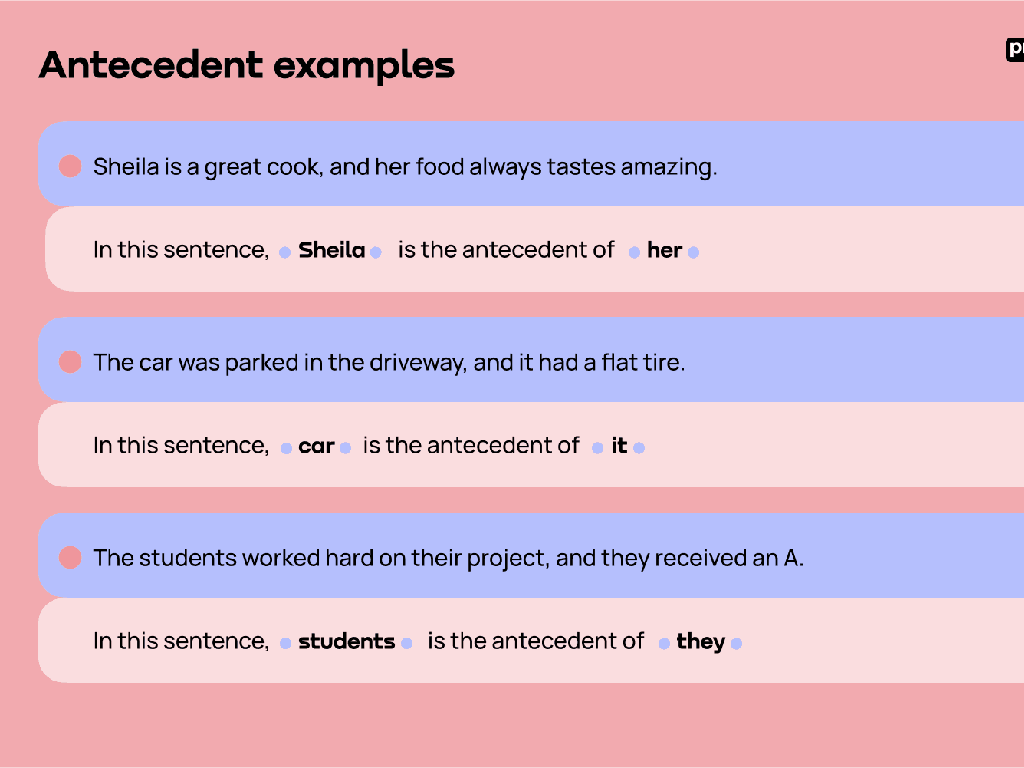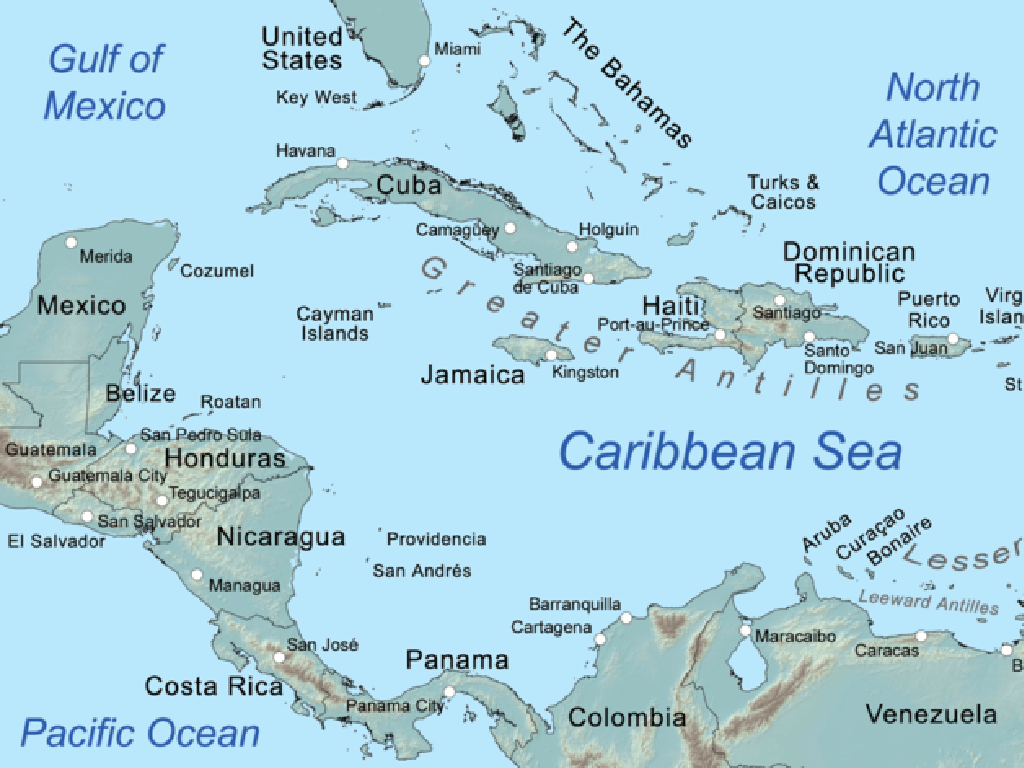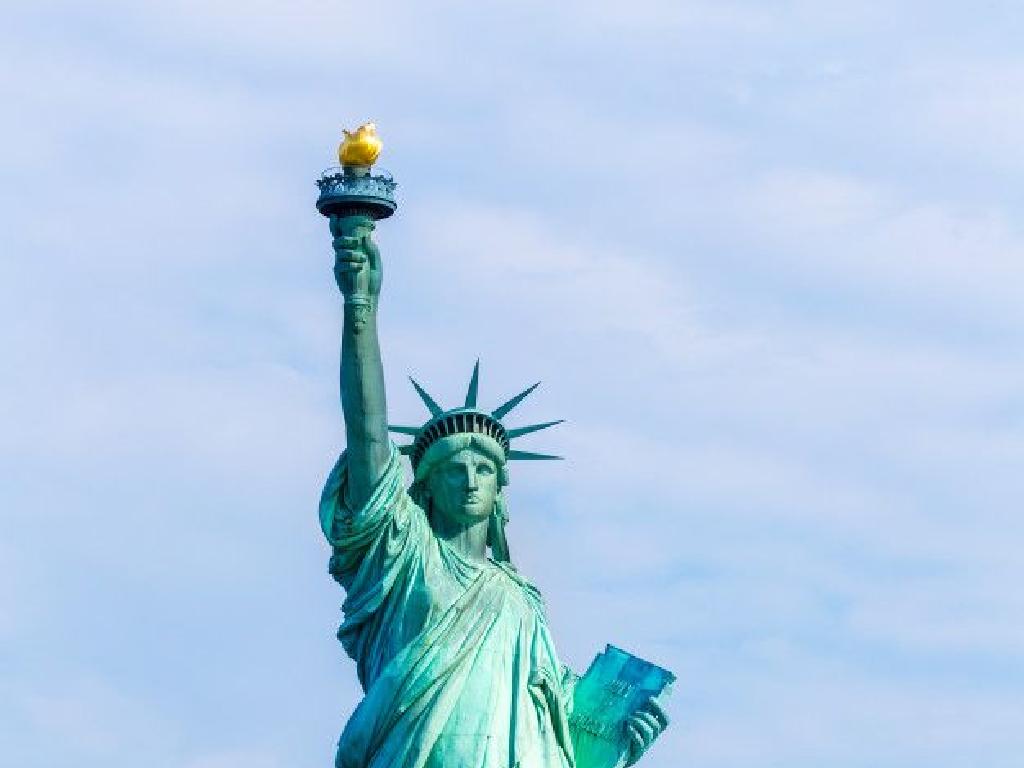Country Profile: Japan
Subject: Social studies
Grade: Eighth grade
Topic: Asia: Society And Environment
Please LOG IN to download the presentation. Access is available to registered users only.
View More Content
Welcome to Japan: Land of the Rising Sun
– Explore Japan’s unique identity
– An island nation with a rich history and culture
– Insight into Japan’s society & environment
– Learn about Japan’s social structures, urban and rural life
– Significance of global awareness
– Understanding different societies enriches our perspective
– Engaging with diverse cultures
– Embracing diversity leads to a more inclusive world
|
This slide introduces students to Japan, setting the stage for a comprehensive lesson on its society and environment. Emphasize Japan’s distinct cultural and historical context as an island nation with a unique identity. Discuss the importance of learning about different countries to broaden students’ understanding of the world, enhance their global awareness, and foster an appreciation for cultural diversity. Encourage students to think about how exploring different societies can impact their views and interactions with the world around them.
Geography of Japan
– Japan’s location in East Asia
– Surrounded by the Pacific Ocean, strategic for trade and defense.
– The Japanese Archipelago
– Consists of four main islands: Honshu, Hokkaido, Kyushu, and Shikoku.
– Mountainous terrain challenges
– Mountains cover 73% of the country, affecting population distribution.
– Earthquakes and Tsunamis
– Japan is part of the Pacific Ring of Fire, prone to natural disasters.
|
This slide introduces students to the geographical setting of Japan, emphasizing its location in East Asia and its composition as an archipelago surrounded by the Pacific Ocean. Highlight the strategic importance of Japan’s location for trade and defense. Discuss the four main islands and their significance. Explain how the mountainous terrain influences where people live and work, leading to densely populated cities. Finally, touch on the natural disasters that Japan frequently experiences, such as earthquakes and tsunamis, and their impact on society and the environment. This will provide students with a foundational understanding of how geography shapes life in Japan.
Japanese Society: A Cultural Overview
– Population and ethnic makeup
– Predominantly Japanese ethnicity with a population over 125 million
– Language: Kanji, Hiragana, Katakana
– Three scripts used in writing: complex Kanji, simpler Hiragana, and Katakana for foreign words
– Cultural norms: Respect, harmony
– Values like respect for others and social harmony are deeply ingrained
– Emphasis on group orientation
– Japanese culture often prioritizes the group over the individual
|
This slide provides an overview of Japanese society, highlighting the homogeneity of its population and the unique composition of its language. Emphasize the importance of understanding these aspects to fully grasp the cultural context of Japan. The language section should explain the use of three different scripts, which is a distinctive feature of the Japanese writing system. Cultural norms and values are crucial in shaping societal interactions, with respect and harmony being core principles. The concept of group orientation, which contrasts with Western individualism, is also a significant aspect of Japanese culture. Encourage students to consider how these factors influence daily life and social structures in Japan.
Historical Overview of Japan
– From Feudalism to Democracy
– Transition from a system of feudal lords to a modern democratic state.
– The Meiji Restoration’s Impact
– The Meiji era reformed society, modernized the military, and boosted the economy.
– Japan in World War II
– Japan’s involvement and consequences of WWII.
– Post-War Recovery and Growth
– Remarkable economic growth and development after 1945.
|
This slide provides a concise historical overview of Japan, highlighting key transformations from feudal times to the present democracy. The Meiji Restoration was a pivotal period that set Japan on a course of rapid modernization and westernization, influencing all aspects of society. During World War II, Japan played a significant role, and its aftermath led to occupation and reconstruction with substantial U.S. involvement. Post-war, Japan experienced a period of extraordinary economic growth, becoming one of the world’s leading economies. Encourage students to reflect on how historical events shape a country’s social, political, and economic landscape.
Government and Economy of Japan
– Japan’s political system
– Constitutional monarchy with a parliamentary government
– Economic strengths: Tech & Auto
– Leading in tech innovation and car manufacturing
– Demographic challenges
– Aging population affects workforce
– Economic sustainability
– Balancing growth with environmental care
|
This slide provides an overview of Japan’s government structure and economic status. Japan operates under a constitutional monarchy where the Emperor’s role is ceremonial, and a parliamentary government runs the country. Highlight Japan’s dominance in technology and the automobile industry, which are pillars of its economy. Discuss the challenges Japan faces with an aging population, which impacts the workforce and economic growth. Finally, touch on the importance of maintaining economic sustainability while also being mindful of environmental impacts. Encourage students to think about how these factors interplay and affect the country’s future.
Japan’s Environmental Challenges
– Scarcity of natural resources
– Japan imports many resources due to limited availability.
– Environmental conservation efforts
– Initiatives include recycling and renewable energy projects.
– Natural disasters’ societal impact
– Earthquakes and tsunamis affect people’s lives and homes.
– Sustainability and infrastructure
– Balancing growth with eco-friendly practices to protect future.
|
This slide addresses the environmental challenges faced by Japan, highlighting the scarcity of natural resources which leads to a heavy reliance on imports. Discuss Japan’s proactive efforts in environmental conservation, such as extensive recycling programs and investment in renewable energy. Emphasize the impact of natural disasters like earthquakes and tsunamis on Japanese society and infrastructure, and how these events shape emergency preparedness and urban planning. Finally, explore how Japan strives for sustainability, ensuring that economic development does not come at the expense of the environment. Encourage students to think critically about how these challenges are interconnected and the global implications of Japan’s environmental policies.
Japanese Culture and Traditions
– Explore traditional Japanese arts
– Tea ceremony, calligraphy, martial arts
– Dive into popular culture
– Anime, manga, and technological influence
– Festivals and holidays
– Learn about the Japanese calendar
– Significance in society
|
This slide aims to give students a glimpse into the rich cultural tapestry of Japan. Start by discussing traditional arts like the tea ceremony, which is a choreographic ritual of preparing and serving Japanese green tea, calligraphy, which is the art of writing beautifully, and martial arts, which are codified systems of combat practices. Then, shift to Japan’s popular culture, highlighting how anime and manga have become global phenomena and noting Japan’s leadership in technology. Discuss the importance of festivals and holidays in Japanese culture, and how they are intertwined with the nation’s history and values. Encourage students to see the contrast and coexistence of tradition and modernity in Japanese society.
Japan’s Global Influence
– Japan in international organizations
– Member of UN, WTO, OECD, and more
– Cultural exports & soft power
– Anime, manga, cuisine enhance cultural influence
– Diplomatic relations worldwide
– Strong ties with many countries, including the US
– Global partnerships & impact
– Collaborations in tech, security, and environment
|
This slide aims to highlight Japan’s significant role on the global stage. As an active member of various international organizations such as the United Nations, World Trade Organization, and the Organisation for Economic Co-operation and Development, Japan plays a crucial role in global governance. The country’s cultural exports, including anime, manga, and its unique cuisine, have contributed to its soft power, allowing it to influence other countries through cultural appeal. Japan maintains robust diplomatic relations with nations worldwide, including a strong alliance with the United States. These relationships are pivotal in addressing global challenges. Additionally, Japan’s global partnerships extend into numerous sectors, with notable collaborations in technology, security, and environmental initiatives. Encourage students to think about how Japan’s culture has influenced their own lives and to discuss the importance of international cooperation in today’s interconnected world.
Class Activity: Exploring Japanese Cities
– Form research groups
– Pick a Japanese city
– Create a travel brochure
– Include culture, history, environment
– Present to the class
– Share your city’s uniqueness
|
This class activity is designed to engage students in collaborative research about Japan’s diverse cities. Each group will select a city and delve into its unique culture, rich history, and environmental aspects. The goal is to create an informative and visually appealing travel brochure that could entice someone to visit. Encourage creativity and the use of various resources such as books, internet, and multimedia. For the presentation, students should practice public speaking skills and be prepared to answer questions from their classmates. Possible cities include Tokyo, Kyoto, Osaka, Hiroshima, and Sapporo, among others. This activity will enhance research skills, teamwork, and awareness of Japan’s societal and environmental diversity.






